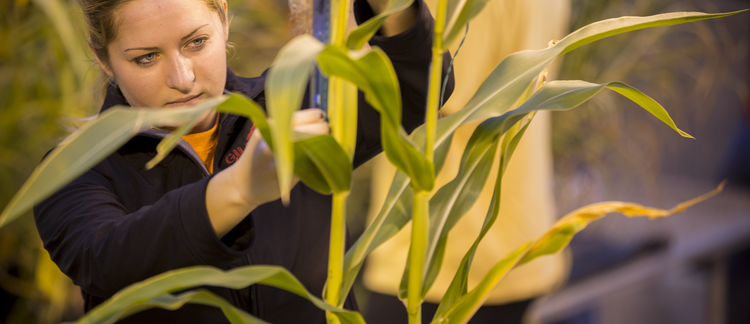Abstract
Ration formulation for dairy cows prior to parturition must control the diet cation-anion difference (DCAD) if hypocalcemia and milk fever are to be avoided. One key to reducing hypocalcemia is to avoid incorporation of high K forages into the ration. The excessive K content of these forages can cause metabolic alkalosis in the cow and subsequently hypocalcemia and milk fever. Alfalfa and other cool season grasses are often used in dairy rations. Reducing K content of forages can be achieved by restricting K fertilization so that soils do not support luxury K consumption by the crops. Because K is the major cation contributing to high DCAD diets, an obvious solution is to limit K fertilization to avoid luxury consumption of K by the forage crop. However,some forages may have reduced yield and increased winter kill if K concentrations are < 2.0%, particularly alfalfa. Thus, producing alfalfa with less than 2% K may not be profitable, especially in northern regions. In addition to decreasing forage K, the producer can also increase the Cl content of the forages, the resulting DCAD will be more favorable for the late gestation cow.
Keywords: Animal Science
How to Cite:
Horst, R. L., Pecinovsky, K. T. & Goff, J., (2008) “Development of Methodologies to Reduce the DCAD of Hay for Transition Dairy Cows”, Iowa State University Research and Demonstration Farms Progress Reports 2007(1).
Downloads:
Download pdf
View PDF
241 Views
86 Downloads

